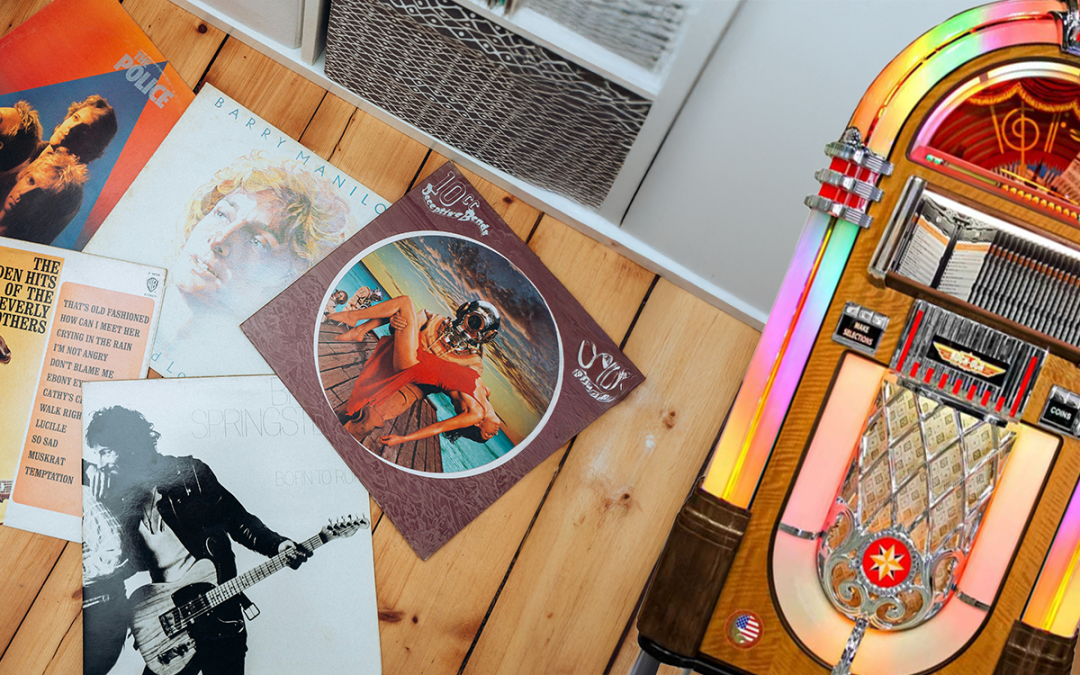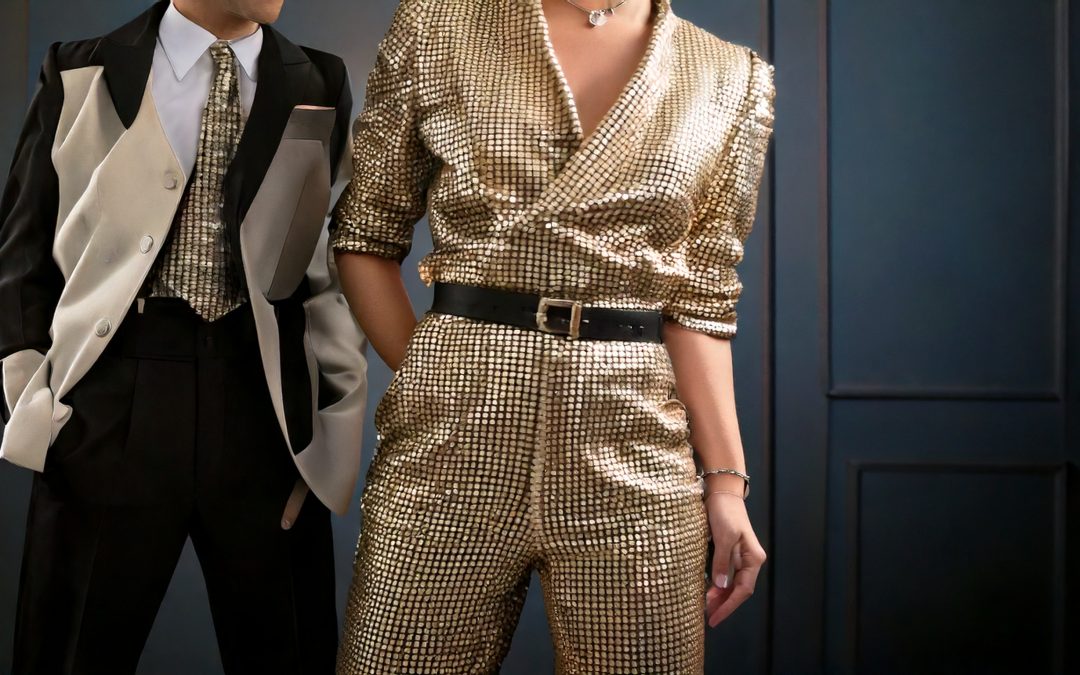
Porchfests put a song on the lips of passersby
July 2025
Everything Old
Porchfests put a song on the lips
of passersby
by Corbin Crable
When I was a young boy, my parents would always drive by an old farmhouse on the way out of town. Without fail, no matter the time of day, on the porch would be sitting an elderly couple, waving at the cars driving by. It was a comforting, heartwarming sight, seeing two people making others’ day brighter by offering a simple greeting from their porch. You could always count on them being there.
Several years ago, though, the porch sat empty. I assumed the kindly couple had passed on. A short time later, the house was demolished, and with it, a cherished time when people took life at a slower pace and paused to appreciate the smaller gestures of goodwill that people like them provided.
These days, porches remain spaces where one can relax and watch life unfold; now, however, the gesture of greeting comes in the form of small gatherings called “porchfests.” A porchfest is a small music festival, with each musical artist or group playing on the front porch of homes.
They can be found in communities both large and small, and they’re a somewhat recent phenomenon, having begun in Ithaca, NY, in 2007. More than simply a music festival, they were begun in order to gather local musicians and local residents of a particular city and create a sense of community.
If you live in one of the neighborhoods in which a porchfest takes place, you may volunteer your porch as a “stage” of sorts for a musician or group. Signs are posted in front of your porch with the name of the artist and the time(s) at which they will perform. Feel free to bring a lawn chair and soak up a variety of musical genres – you’ll find nearly every one, from jazz and blues to rock and R&B.
Here in our coverage area, you can find at least one porchfest in just about every state in which you can find this publication. In Kansas, Atchison hosts such an event at the start of each summer; Missouri has Kansas City and Joplin, while Omaha, NE, hosts its own porchfest as well.
And in Iowa, head to Indianola and North Liberty to listen to some tunes that will get your toes tapping.
It’s important to remember what a porch symbolizes in order to fully appreciate such an event. The porch should be seen as a hub for social interaction – a place where you can get to know your neighbors and feel more connected to the community in which you live.
“The porch symbolizes community, neighborhood and conversation,” writes Campbell McCool in his article “Celebrating the American Front Porch” on www.strongtowns.org. “When you ask people about their favorite front porch, many recall a kinder, gentler time.”
We’ll continue our own celebration of the front porch in this issue of Discover Vintage America with our cover story on the history of porch swings. And don’t forget to reconnect yourself with your own front porch this summer, be it on a warm summer day or a cooler summer evening. Take a seat, pour yourself a glass of lemonade, enjoy the splendor of that colorful sunset, maybe listen to some music of your own (or just the sound of cicadas in the distance), and cherish those slower, beautiful moments with neighbors and friends.





